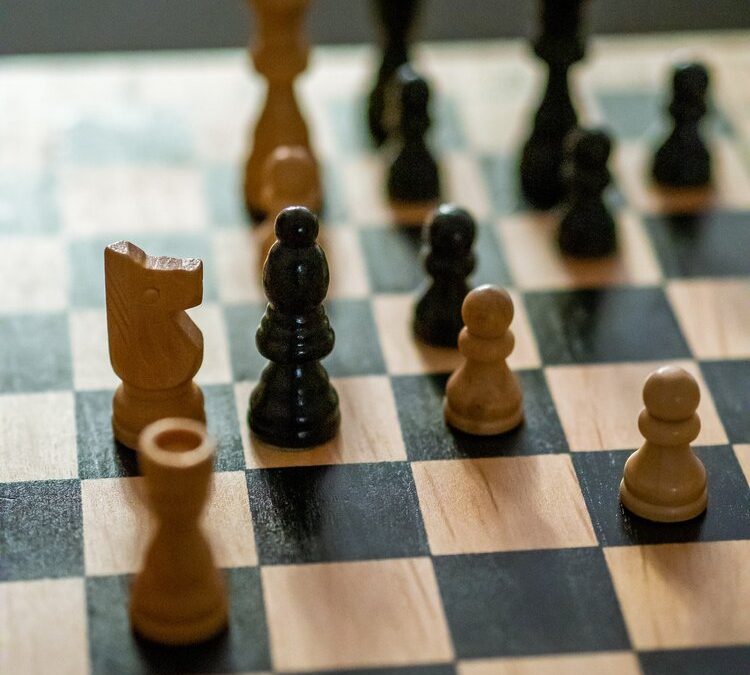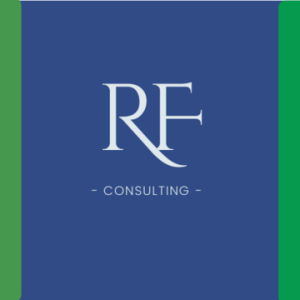In the opening scene of The Queen’s Gambit, it happens quickly.
“Harmon” is lying submerged in a bathtub. She responds to a knock on the door by quickly lifting her head out of the water, and now, she’s gasping. As she looks around with wide eyes scanning the room (in an attempt to get her bearings) she rushes out of the tub, quickly gets dressed, and habitually takes two pills with a splash of whisky.
In this moment, it’s clear—the night before was a rough one.
But it’s the next scene that we see something curiously different. You see Harmon—you see the same woman you’d seen before.
But now she’s beautiful. Dressed to the nines. Stoic. And as she exits the elevator, she is met with a crowd of photographers with lights flashing nearly everywhere. She proceeds down the hallway, and finally sits down at the table across from another man and a chess board. Harmon raises her head slowly—her eyes lock with his as they make eye contact.
And now, she’s about to play.
Adapting to Survive
At first glance, Harmon’s story might look different than our own.
She’s lost both her parents. She lives in an orphanage. And she’s addicted to pills.
But as the drama unfolds, you find yourself looking deeper—you start to understand the world through her eyes. You watch. You feel. You empathize. And you notice: Harmon is doing her best to survive. In fact, if she’s an expert at anything, she’s an expert at that—simply getting by, simply staying alive.
But the truth is that Harmon’s story isn’t as different from ours as we might think.
The truth is, Harmon represents all of us.
At an early age, all of us learn what we need to do to survive. We adapt. We take on new behaviors. And we get shaped by experience.
Some survival behaviors are firmly rooted in trauma—for example, if we felt insecure about our nose when we were younger, we grow up cultivating defense mechanisms to manage that original wound. Other survival skills simply develop from cultural expectations—our need to “fit” in with the group. Act like they do. Talk like they do.
As we get better at “surviving,” we might even find ourselves measuring our own worth against others’ values. Think: “Keeping up with the Joneses.”
As Alicia Keys quotes in her book, More, Myself, “We adjust ourselves to fit, to adapt to others’ ideas of who we should be. We shift ourselves not in sweeping pivots but in movements so tiny that they are hardly perceptible even in our view. Years can pass before we finally discover that after handing over our power, piece by small piece, we no longer even look like ourselves.”
With a full suite of survival skills, we quickly learn how to use them to navigate our reality. And we do it to stay safe—both physically, but more importantly, psychologically. We do things in the name of survival, like:
Turning off our emotions, adjusting ourselves to “fit” the situation
Avoiding difficult situations that trigger us
Acting and behaving very nicely, all the time
Wearing, being, and doing all the things that culture expects from us
And distracting ourselves–using “quick fixes” (ranging from alcohol to Facebook to shopping) to distract us, and dull us from experiencing all emotions
Like Harmon, we can get so good at this survival—whether it’s mastering our environment, getting by with pills, fitting in, or avoiding what’s painful—that we lose something essential in the process: Ourselves.
The key to realizing our potential, then, is simply connecting back with who we are. And we forget how to do this, constantly, because we’re so well-trained to act as chameleons, changing and adapting so quickly that we don’t even realize that we’ve forgotten who we really are in the process.
The Key: Looking Inward, Not Outward
Harmon is a gifted chess player. At an early age, she fixates on chess and starts the path to perfecting her game. Playing chess helped her survive. For most of her life, she was able to play, excel, and beat her opponents squarely. But throughout her journey, the one thing that becomes clear is that she doesn’t tap into her true potential.
There’s always something left in the tank (whether in personal well-being, or her actual chess performance), and for her, surviving and adapting meant relying solely on the external—whether it was pills and alcohol to cope, or molding herself perfectly to everyone who saw her.
Slowly, over time (like so many of us) she becomes convinced that a good life is the same as a life that’s built upon the pillar of survival.
But the truth is—as Harmon comes to realize after a long, tortuous journey—it’s not. And this isn’t just a lesson from an expertly-produced drama. It’s one of deep psychological importance, and one that I come back to, over and over again in my own practice.
The key to our power—and the key to Harmon’s—doesn’t lie outside of her. It lies within. It lies inside all of us.
We are the key.
And to unlock that proverbial door, we have to study ourselves, build our own self-awareness, and connect not with what others want—but with what we want. Near the end of the series, she’s able to do this.
And for her, realizing her own potential shows up in many different ways. She starts to listen, accept support from others. She can finally hear constructive feedback. She accepts and embraces connection. And—this is the big one—she realizes the weight and power of her own additions.
Harmon trades in faulty, fixed thoughts based in an entrenched survival paradigm (i.e. the idea that she needs to rely on drugs and alcohol to succeed) and replaces them with new ways of thinking—thinking that’s rooted not in the external, but in the internal. And by looking inward, she gains clarity, resolve, and direction.
Ultimately, we don’t exist just to survive. We exist so we can thrive, and live full lives—and it’s a lesson that Harmon, and the rest of us, should remind ourselves of for a long time to come.



